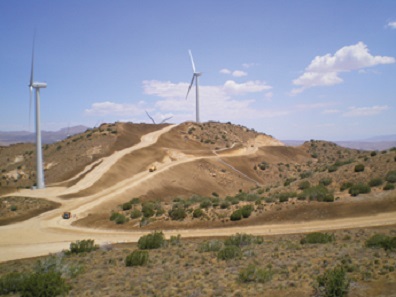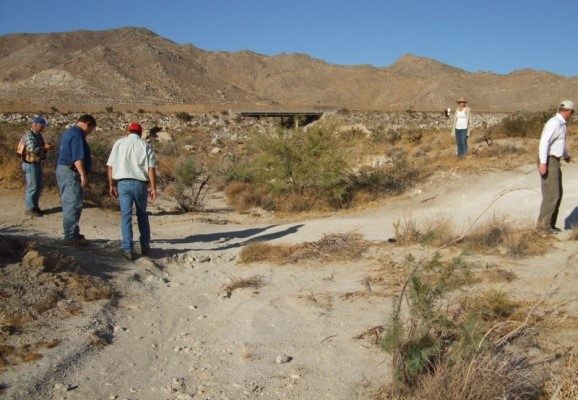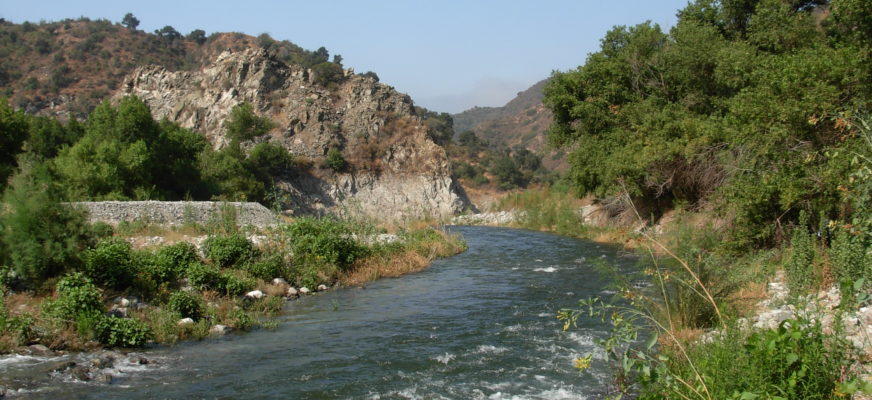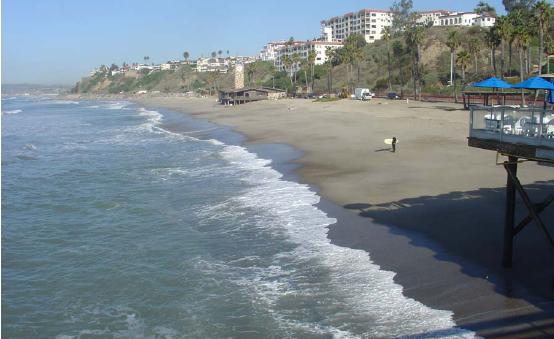Grunion Monitoring
Ensuring compliance while protecting one of California’s most unique seasonal biological events
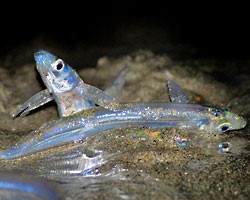

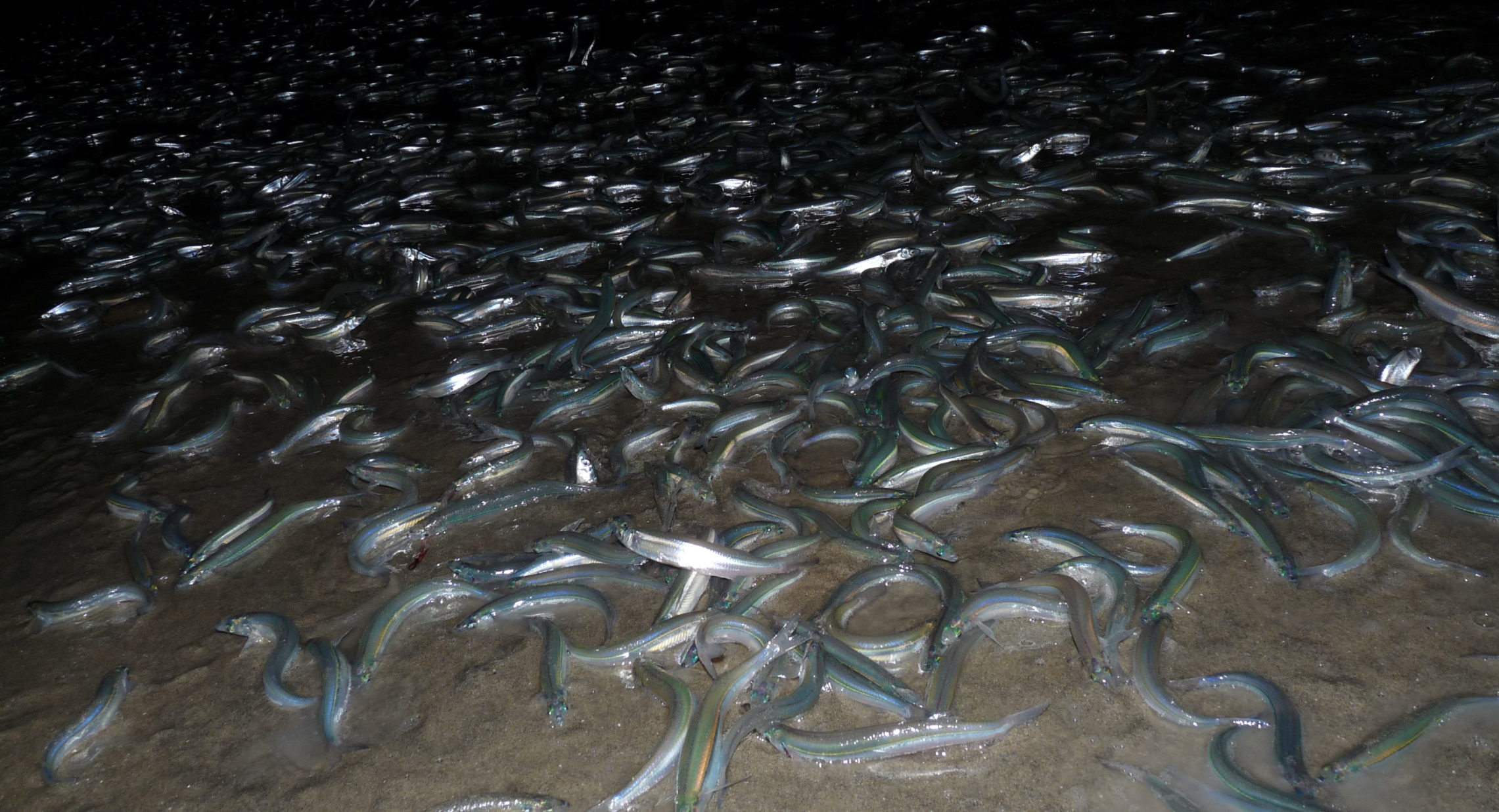
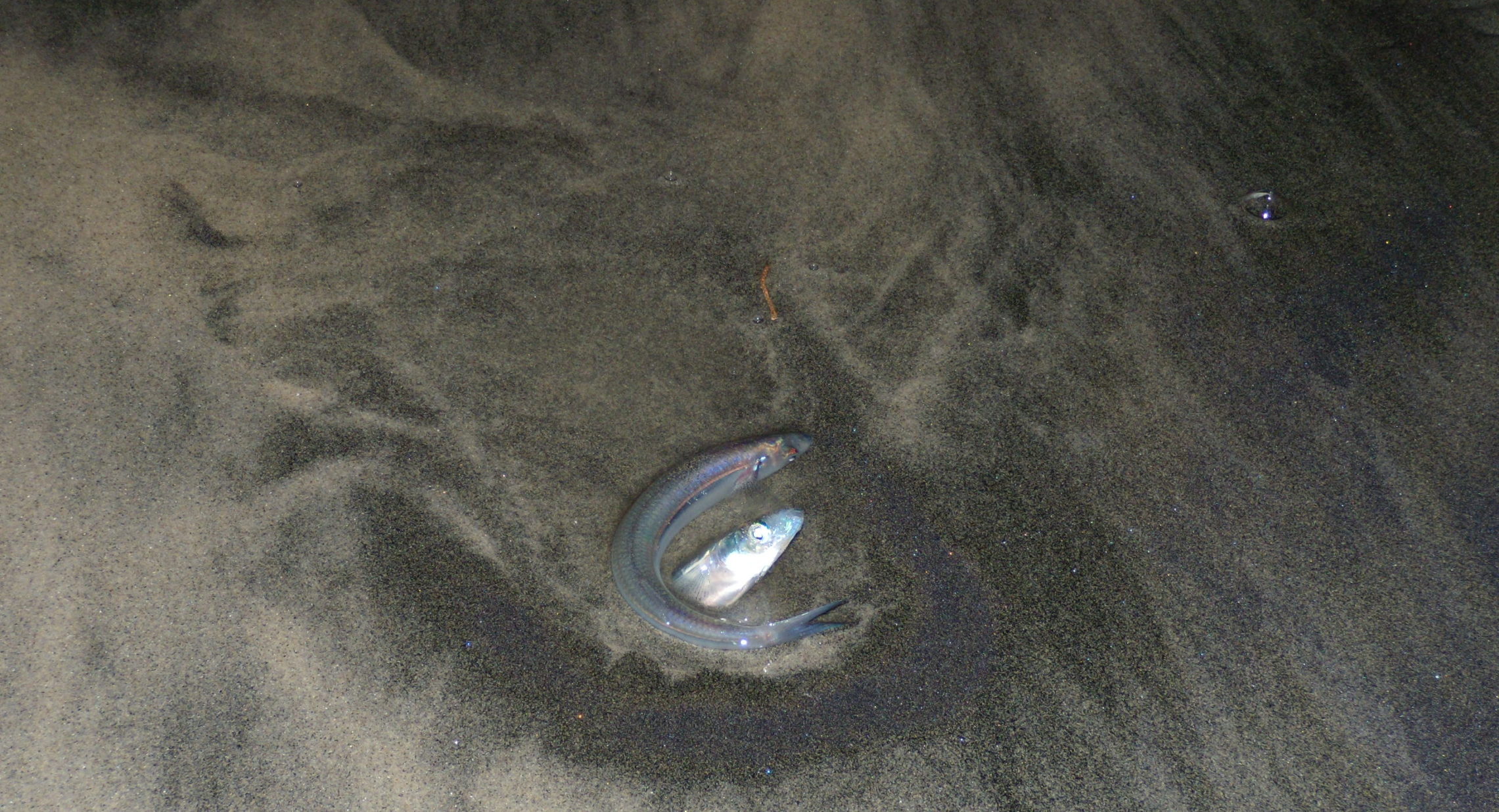
- Nocturnal Beach Monitoring
- Regulatory Permit Compliance
- US Army Corps of Engineers Section 404 Permit
- Regional Water Quality Control Board Section 401 Permit
- California Department of Fish and Wildlife Streambed Alteration Agreement Section 1602
- California Coastal Commission Coastal Development Permit
- Coordination with the Following Agencies: Orange County Parks
Grunion runs are an annual celebration for many amateur scientists and families alike in Southern California. Grunion are found only along the coast in Southern California and northern Baja. These slender, silvery fish have some unique mating behaviors: when spawning season comes, typically March through September, masses of grunion will swim out of the water onto the sandy shores on specific nights. The females dig nests with their tails and stay buried up to their pectoral fins while they lay eggs. The males then come up and wrap around the females to fertilize the eggs. These eggs are only 2-3 inches below the surface of the sand and incubate for about 10 days. The baby grunion hatch from their eggs and catch a ride on the next high tide back into the sea. These en masse events are called Grunion Runs as onlookers can watch millions of these tiny fish “run” out of and back to the ocean on a predictable schedule.
During the grunion spawning season, since eggs are buried so close to the sand surface, Orange County Parks is required to monitor grunion runs to make sure maintenance activities, such as excavation of sediment, at various beach outlets does not disturb grunion eggs. Chambers Group has monitored grunion runs annually for the past several years at both the Aliso Creek (Aliso Beach) and Prima Deshecha (Poche Beach) outlets to maintain compliance with project regulatory permits, including the Section 404 permit from the U.S. Army Corps of Engineers (USACE), Section 401 permit from Regional Water Quality Control Board (RWQCB), and the Section 1602 Streambed Alteration Agreement from California Department of Fish and Wildlife (CDFW). These monitoring efforts help to avoid impacts to grunion eggs and help provide future opportunities for curious kids and adults to experience this wonderful event for years to come.


